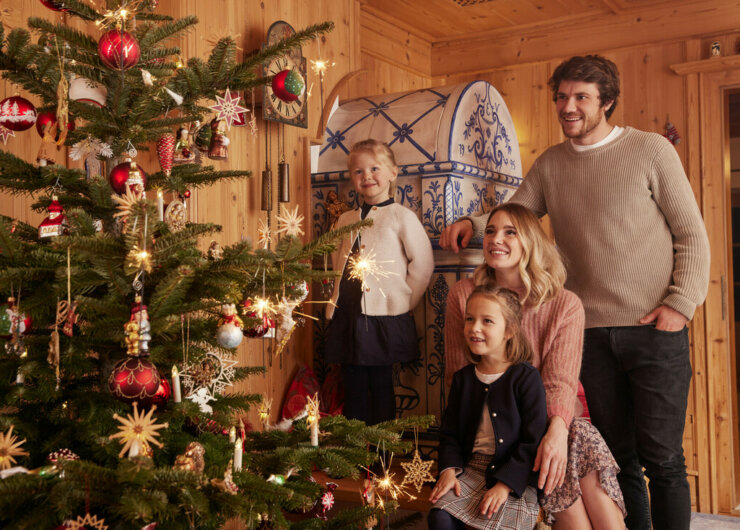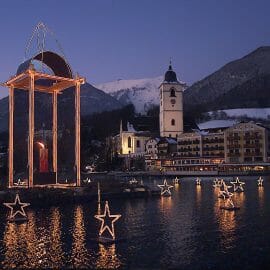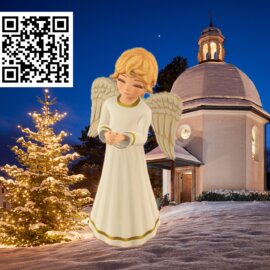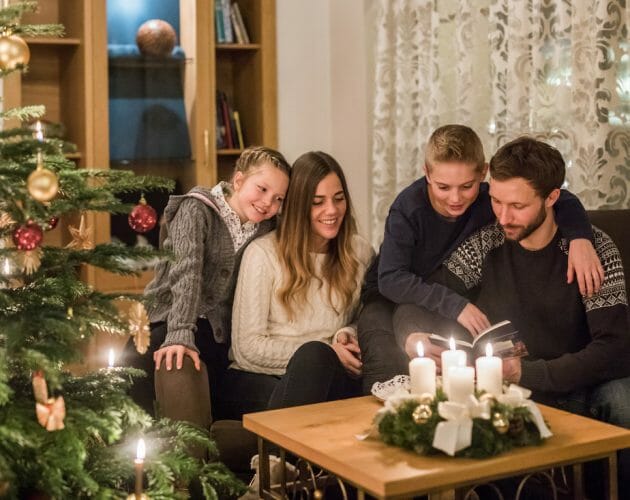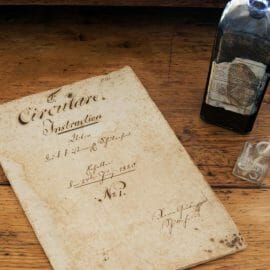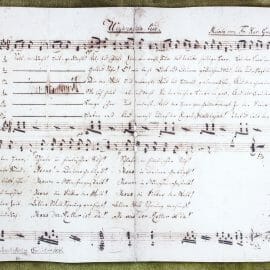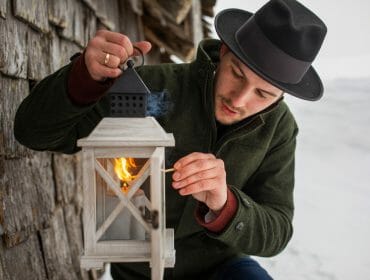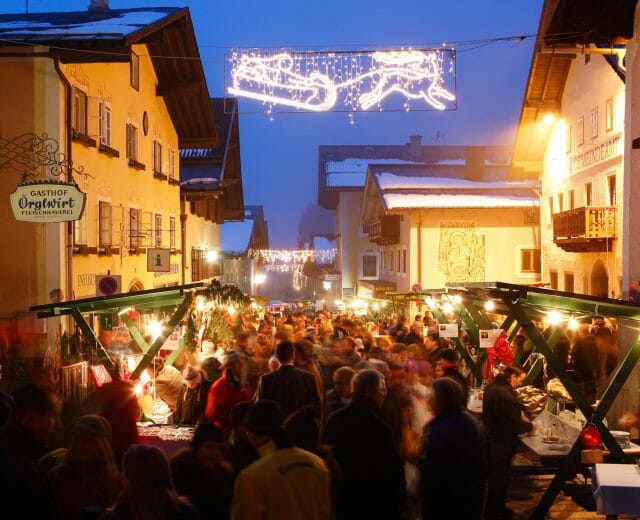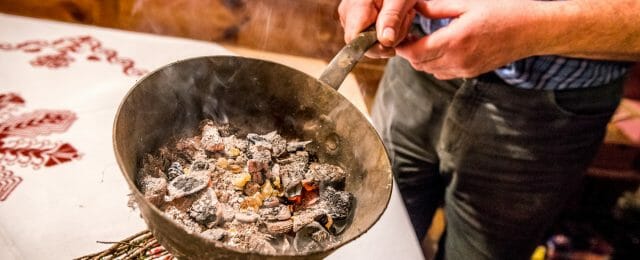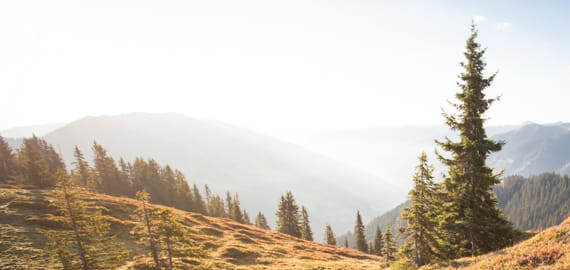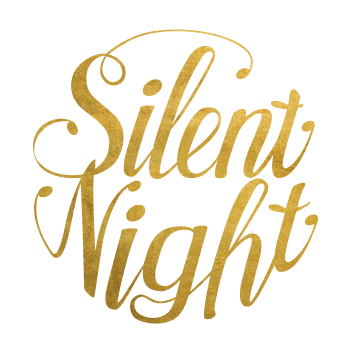For centuries, the song has crossed borders and overcome crises. It connects people no matter their origin, age or religion, and provides a link back to the time during which it was created. Over 200 years ago, Joseph Mohr, a priest from Salzburg, and Franz Xaver Gruber, a teacher from Upper Austria, sang the song for the very first time at the St. Nikola Church in Oberndorf near Salzburg. The original poem was authored by Joseph Mohr, whereas Franz Xaver Gruber added the melody on his request. Only a few years later, singing families from the Zillertal valley carried the song from Austria into Europe and the rest of the world. Today, the song is performed in over 300 languages and dialects.
You can activate the display of this element via the button. By activating the integration, the browser exchanges data with the respective providers. The current page has no access or influence on the content, type, storage and processing of this data. By clicking on the button, you allow the cookie agreedtoyoutube, you can revoke this cookie under the privacy settings.
On the traces of “Silent Night”
The many Silent Night locations in SalzburgerLand, Upper Austria and Tirol invite you to follow the traces of the world-famous Christmas song:
- discover the song’s magic and its origin story at the 12 Silent Night locations in SalzburgerLand, Upper Austria and Tirol
- dive into the history of and explore the many stories around the world-famous Christmas song
- various Silent Night museums
- explore picturesque villages, towns and other special places via individual tours and travel routes spread across the three provinces
- try out Christmas recipe ideas from the country of origin of “Silent Night”
